
Poster codes and conventions
08.delame
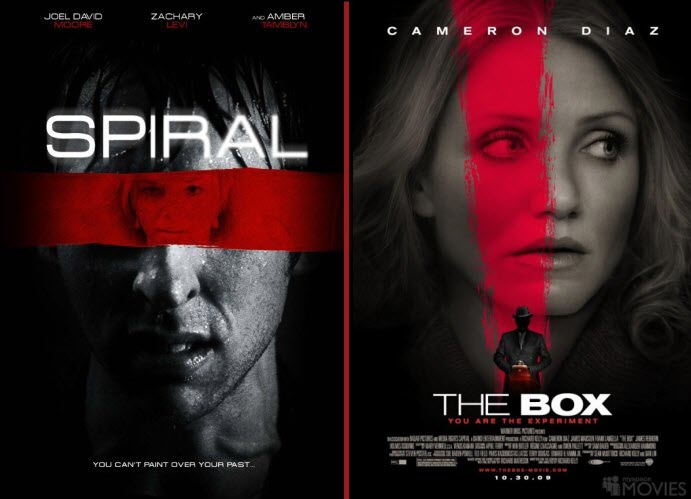
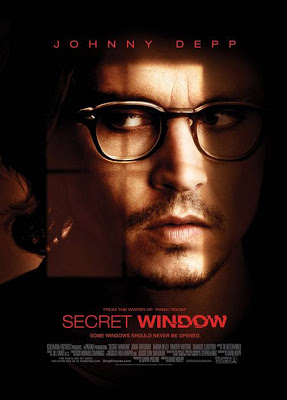





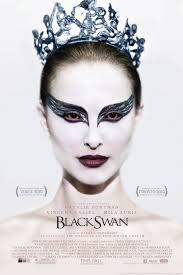
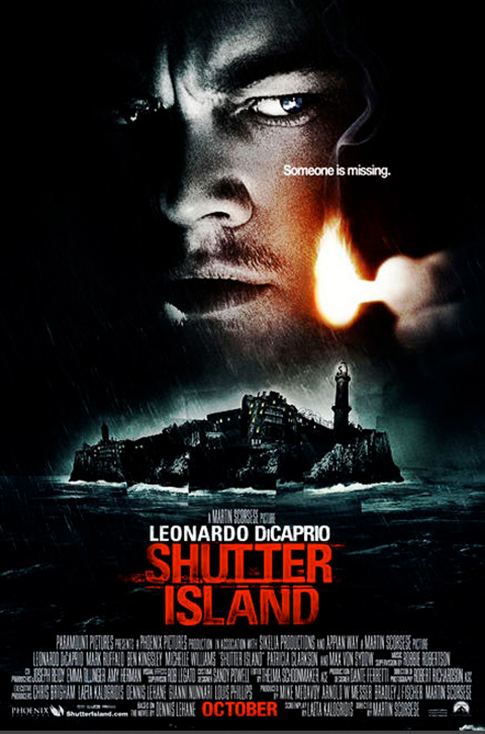
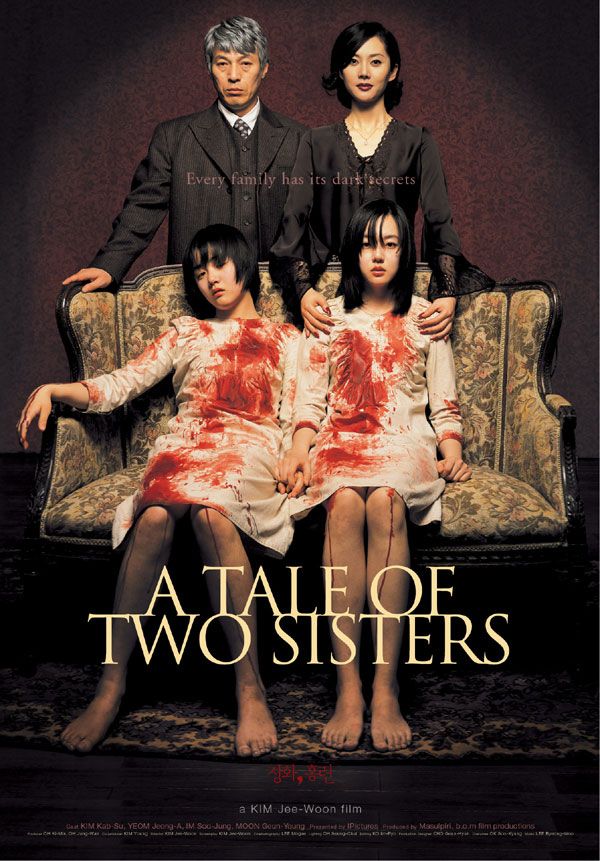

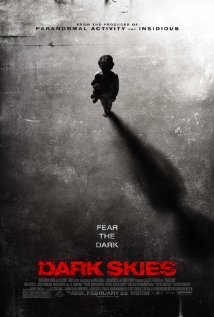
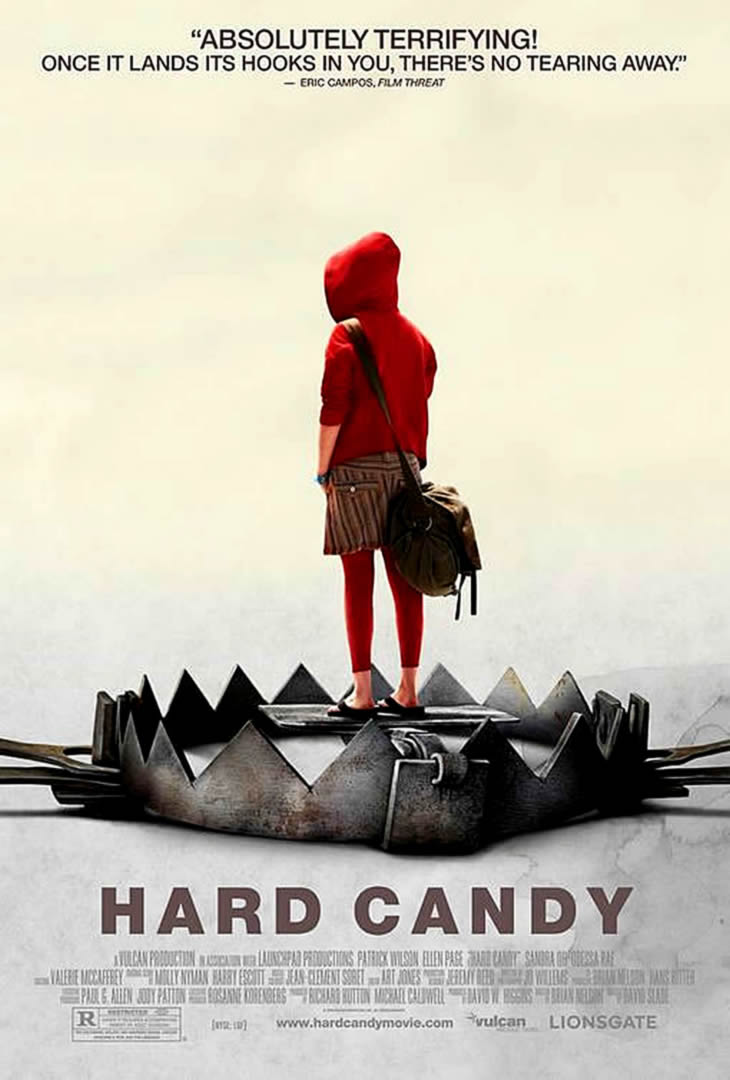
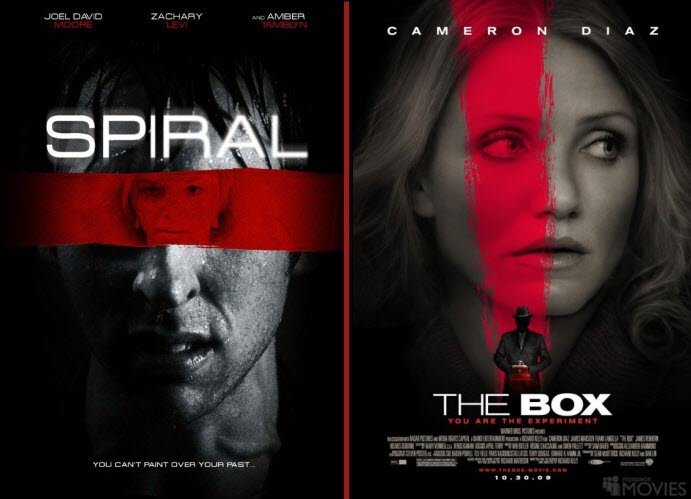
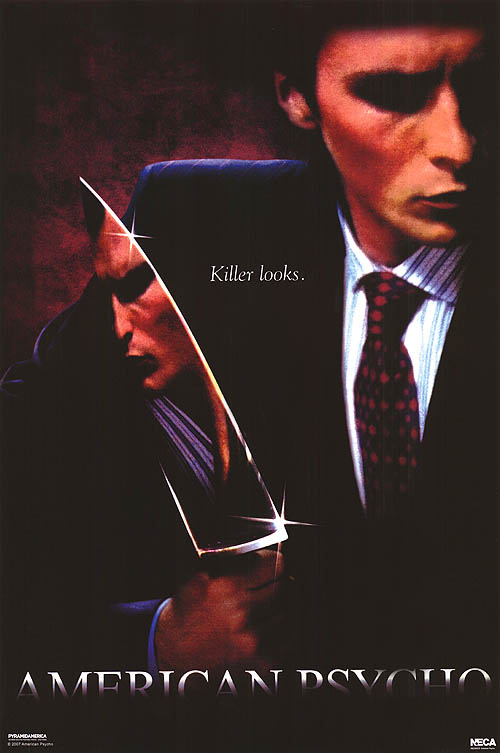
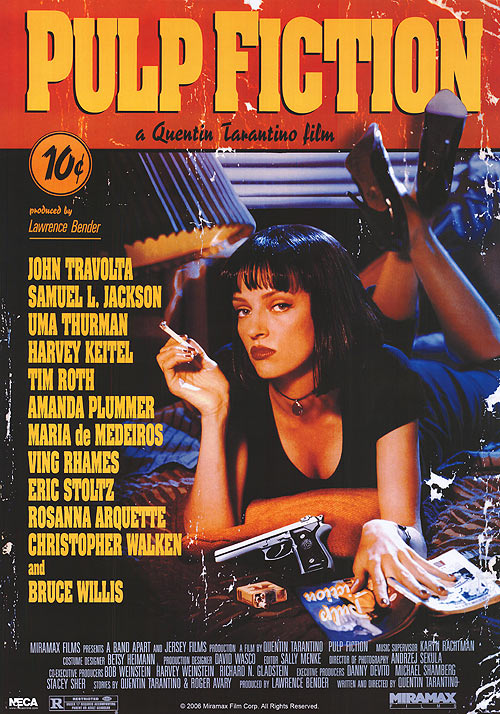

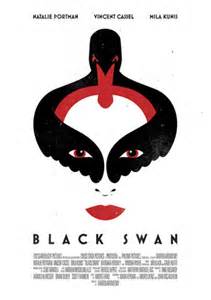
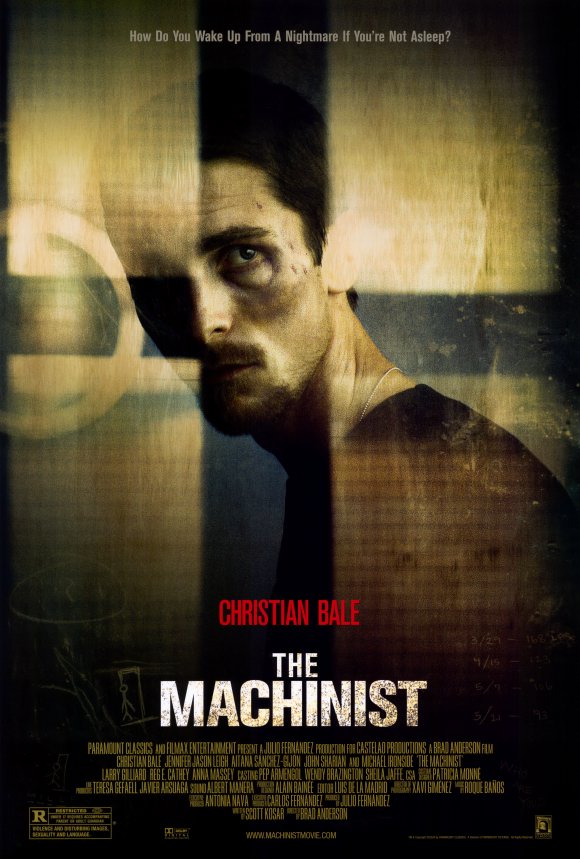

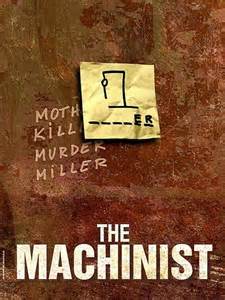




Roland Barthes: The Action/Proairetic Code is the idea that little actions or imagery (that do not particularly raise questions,) creates tension and suspense for audience as they have to guess what happens next. This can be used particularly well in psychological thriller posters, as the creator can hide little clues and features in parts of the poster which could have an impact on the film.
The Enigma Code pushes audiences to ask questions about the film’s plot leading them to want to find out more about the movie, which can be done from seeing sneak peeks of a film in film posters.
The Semantic Code and Symbolic Code look at symbols, connotations and meanings of symbols in a poster. Usually everything in a poster is put there for a reason so it is questioning what could they imply?
Barthes Hermeneutic Code is when a text is not being fully explained. Audiences want to find out what happens as everything is kept a mystery until you see the film. This applies to film posters in the way that looking at the poster audiences do not have the whole story, therefore they are curious to findout more.



Barthes theory and Psychological thriller posters
Action/Proairetic Code: The feathers do not straight away raise questions; however, they could be linked to the narrative of the swan.
Enigma Code :The crack in the woman’s face makes audiences want to ask questions about the film’s plot and how the crack got there. The feathers also raise a question as they aren't black as the title implies.
Semantic Code and Symbolic Code: The whole poster could be said to be symbolic as everything is representing something from the movie.
Hermeneutic Code: The crack in the Portman's face doesn’t make sense to the audience at the moment, so it is a mystery. the audience can also be wondering where the title 'Black Swan' comes into play.






Compatibility Mode
This presentation has been simplified to fit your browser.